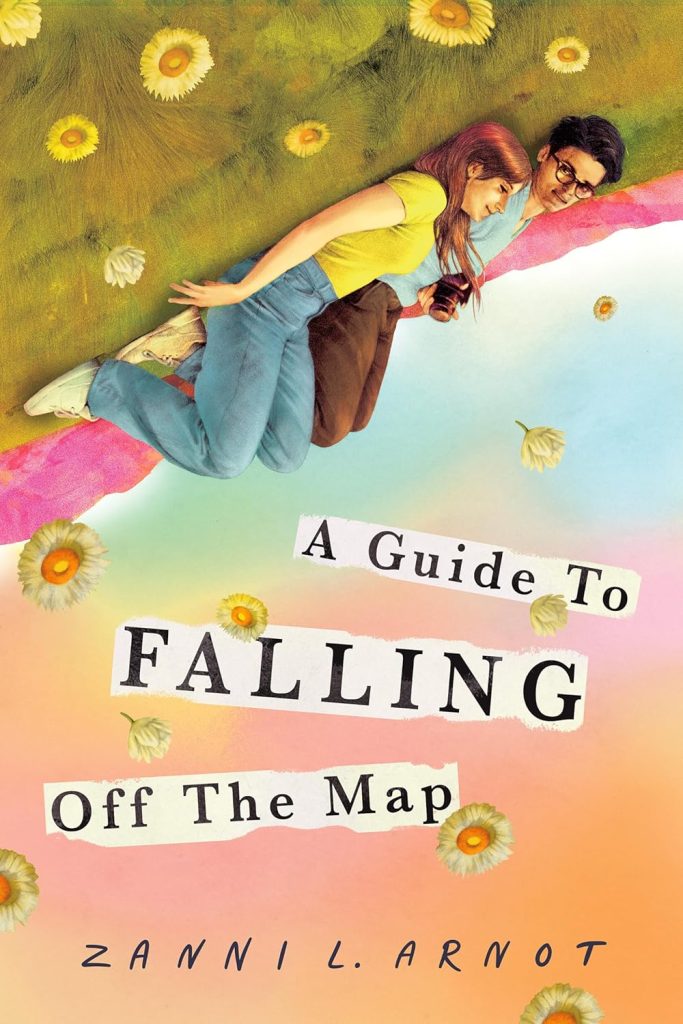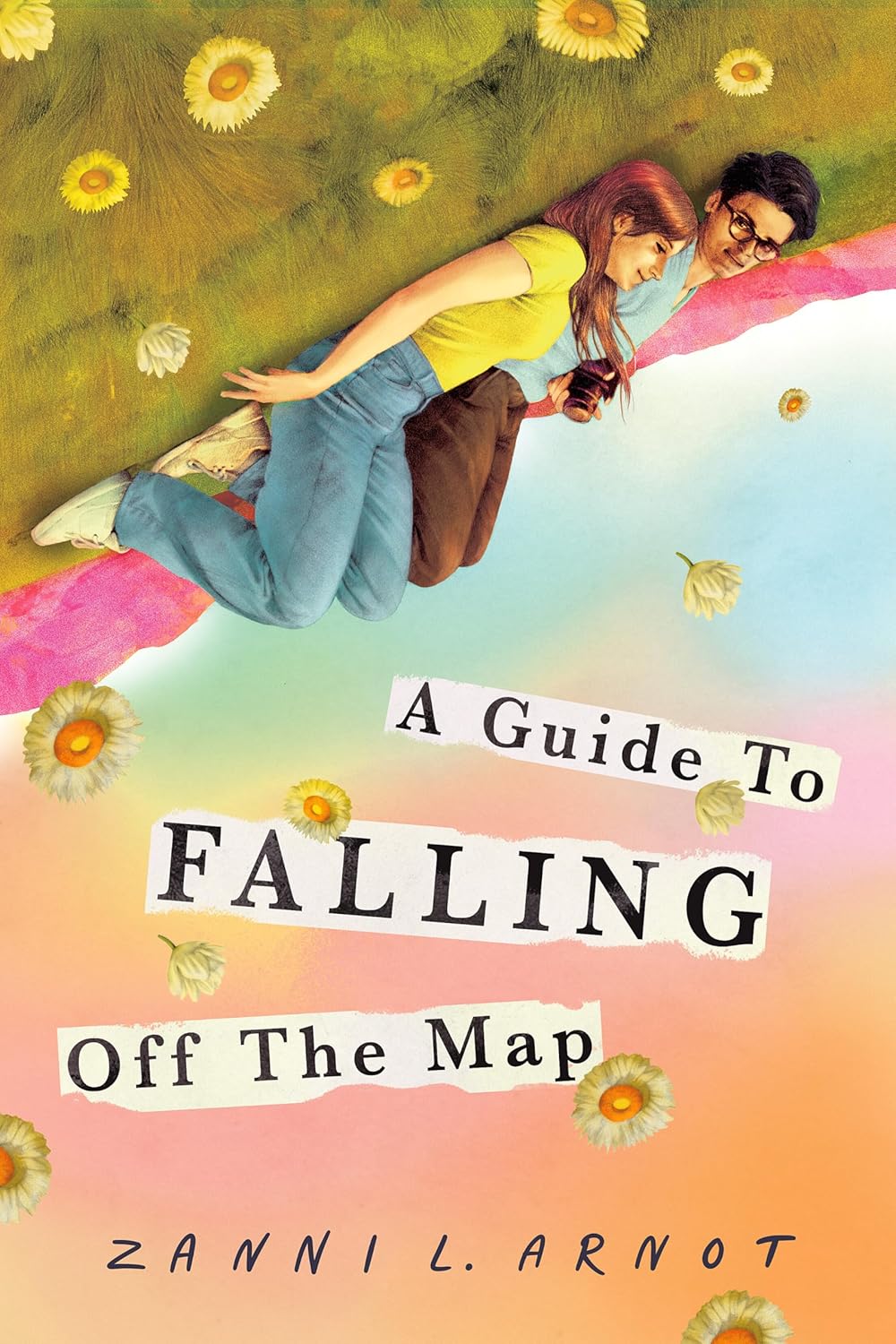
Harmonia Rosales Reimagines the African Diasporic Pantheon

How do you start creating a world? It’s a question Los Angeles-based artist Harmonia Rosales had to ask herself while crafting Chronicles of Ori: An African Epic (2025), a superbly fantastical book. The collection gathers 41 intertwined tales of African gods and goddesses, nature and power, and the evolution of human beings alongside the primordial development of the Earth. In Rosales’ telling, this epic tale combines the mythical with historical, putting known past events in the context of the Orishas’ world. Peppered throughout are Rosales’s 30 full-page, full-color illustrations that further enliven the legends and figures.
An ambitious vessel for Afro pantheology and diasporic spirituality, Chronicles of Ori is a potent extension of Rosales’s signature style portraying regal, mythological tales. Her paintings repurpose Baroque and Renaissance techniques to exalt brown-skinned bodies as their focus, with rich colors leaping from her canvases. The foundation of Rosales’s artistry lies in the heart of these tales, which instilled in her a mission to draw connections across the African diaspora through her work, as in “Unbound” (2025), the recently unveiled public sculpture at King’s Chapel in Boston, and Master Narrative, her 2023 exhibition at the Memphis Brooks Museum of Art.
The book takes its name from the Yoruba concept of “ori,” a destiny determined by the gods, and evolved from stories told to young Rosales by her father and grandmother, the tethers to her Afro-Cuban roots. As a first-generation American on her father’s side and second-generation on her mother’s, Rosales takes up the mantle to tell stories of ancestral sacrifice in order to seed future prosperity; Chronicles of Ori is the latest project in her oeuvre to tend to the task.
She spoke with Hyperallergic over the phone to discuss the process of writing and illustrating Chronicles of Ori, compiling stories for the project, and why it’s important to her. This conversation has been edited for length and clarity.
Hyperallergic: How long was the process of creating Chronicles of Ori, from inception to release?
Harmonia Rosales: The idea started a few years back. I would say the thought process probably began about five years ago. But the entirety of it — the meaning behind it, all the stories and how I gathered them — pretty much started at the beginning of my art career. So that’s 10 years ago.
H: In your introduction, you mention that it was shaped by stories from your father and paternal grandmother. Did a specific story resonate with you as a child?
HR: The ones that lingered for me were the stories about Oya and Shango. Oya is the goddess of wind, and Shango is thunder and lightning. Together, they create thunderstorms. When we moved to Champaign from Chicago, we lived in this big, old McMansion that was always in disrepair. There was a hatch at the top of the roof, and we would climb up there when we saw a storm coming and sit there watching the clouds gather. In those moments, I felt like Oya and Shango were alive right above us, fighting it out in the sky. It made these deities tangible to me. It connected me to nature, to something bigger. It shaped my understanding of what it means to be a part of this living mythology, or this living tradition.
H: So much of the African diaspora is centered in oral tradition. The West doesn’t really honor that which is not written down. If it’s untraceable, it’s inauthentic. What do you think of your role or your impact, however large or small, on the recognition of African pasts?
HR: I see it as historical repair. You’re right, Western narratives often dismiss oral traditions because they’re “unreliable.” They think it’s like the telephone game, yet this is how we preserved our truth for centuries. In Yoruba cosmology, history lives in art itself, in the body and the drum. Something Western culture loves to say isn’t that important. In reality, it’s very powerful. So it’s beneficial to erase that power. I’m trying to reclaim what was stripped from the master narrative. I’m trying to show that, through our ancestors, these are recorded histories. That’s why I did a lot of research and tied it within these tales, which wasn’t that hard, actually. They were like little puzzle pieces I was putting together.
H: Tell me more about that sourcing process and why you decided to make this a linear story, as opposed to a collection of standalone tales, as they were told to you.
HR: I looked at all the other writers who have written versions of these tales, and wondered why theirs hadn’t been mainstreamed. I read Ovid’s Metamorphoses and then the Yoruba mythologies. Here’s the difference: There’s no